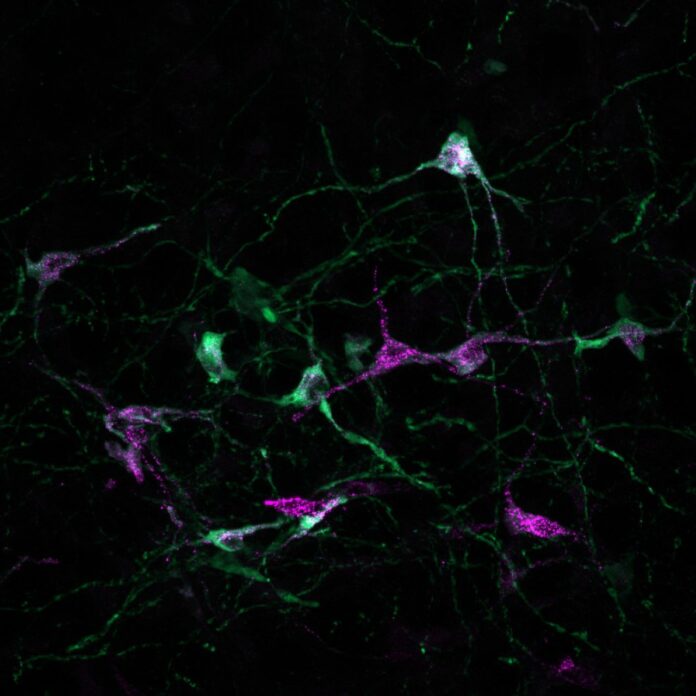Ovulation disorders are a serious problem for humans and livestock. In female rodents, kisspeptin neurons in the anteroventral periventricular nucleus (AVPV) generate a luteinizing hormone (LH) surge and consequent ovulation.
A new study shows that adenosine 5-triphosphate, acting as a neurotransmitter in the brain, causes mammalian ovulation.
The kisspeptin neurons in the anterior hypothalamus region of the brain serve as the “ovulation center” in mammals. Follicle development causes elevated amounts of circulating estrogen during the ovulation process. This estrogen then stimulates kisspeptin neurons and increases luteinizing hormone (LH), which results in ovulation. Therefore, understanding how the LH surge is released and how the kisspeptin neurons are stimulated might trigger ovulation.
The study team explored if activating the P2RX2 ATP receptor with ATP may induce the LH surge, resulting in ovulation in rats because kisspeptin neurons have this receptor. The kisspeptin neurons were stimulated by ATP when it was applied close to the anterior hypothalamic kisspeptin neurons, and this caused a significant release of LH.
Since kisspeptin neurons have an ATP receptor called P2RX2, the research team chose to investigate if activating the receptor with ATP may induce the LH surge that results in ovulation in rats. The kisspeptin neurons in the anterior hypothalamus were stimulated by the administration of ATP, which led to a significant release of LH.
They tested their findings by injecting a P2RX2 inhibitor near the kisspeptin neurons. They discovered that even when an ovulation-inducing amount of estrogen was present, the LH surge did not occur and that ovulation was severely reduced. The scientists also found that ATP injection did not cause the LH surge in gene-modified rats lacking the kisspeptin gene (Kiss1), demonstrating the significance of both the kisspeptin neurons and their ATP receptor.
They also discovered that pre-ovulatory estrogen levels could activate the ATP-releasing purinergic neurons of the hindbrain. They concluded that ATP produced by purinergic hindbrain neurons and its receptor in kisspeptin neurons are involved in ovulation because these neurons project into the area of kisspeptin neurons in the brain’s hypothalamus.
Associate Professor Naoko Inoue said, “Our findings are the first discovery of the involvement of ATP in inducing ovulation. This is a new insight into the regulatory mechanism of ovulation in mammals. Our results are expected to be applied to ovulation disorders in livestock and infertility treatment in human reproductive medicine.”
“Although it is difficult to use ATP for fertility treatment because many types of cells in the body have ATP receptors, the group believes that as hindbrain purinergic neurons use ATP as a transmitter, the neurons could be activated and be a potential solution to the problem of infertility in humans. Activating purinergic neurons would stimulate the local release of ATP near kisspeptin neurons. This ATP may activate kisspeptin neurons to induce ovulation. We hope our discovery leads to the treatment of ovulation disorders.”
Journal Reference:
- Naoko Inoue, Safiullah Hazim, Hitomi Tsuchida, Yuri Dohi et al. Hindbrain Adenosine 5-Triphosphate (ATP)-Purinergic Signaling Triggers LH Surge and Ovulation via Activation of AVPV Kisspeptin Neurons in Rats. Journal of Neuroscience. DOI: 10.1523/JNEUROSCI.1496-22.2023
